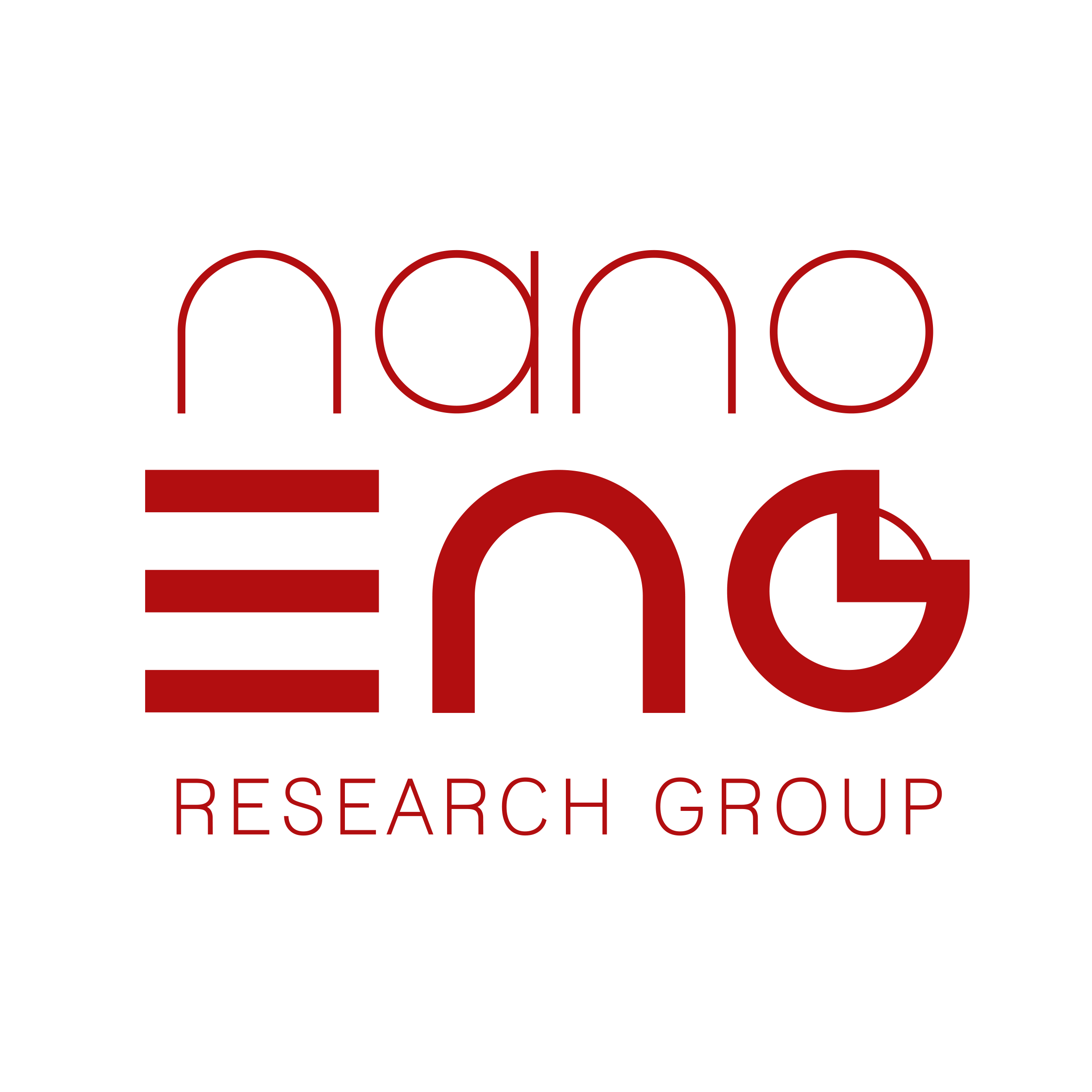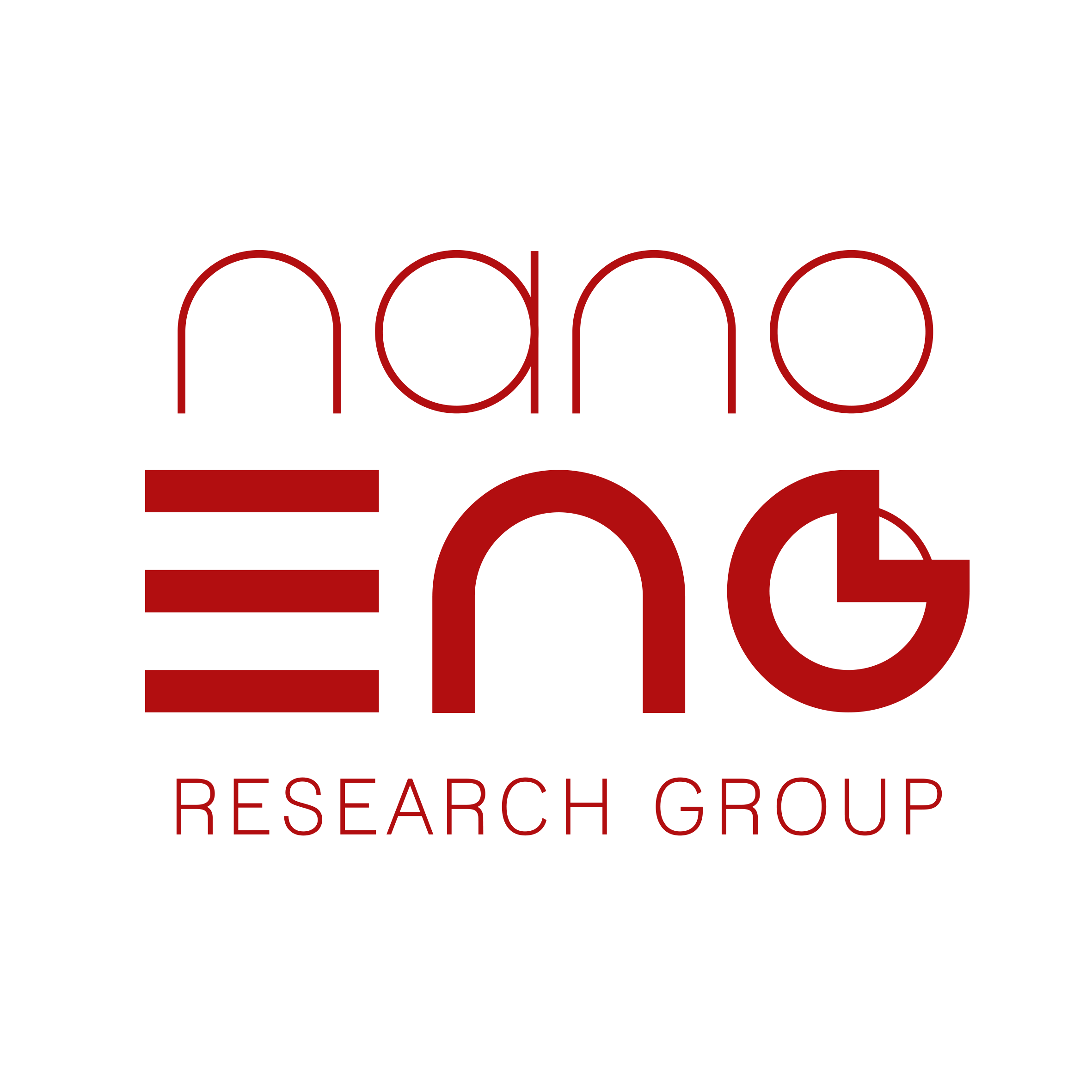CURRENT RESEARCH TOPICS
GAS SENSOR FOR ENVIROMENTAL MONITORING
Collaborators: Prof. Paul Mulvaney (Melbourne University), Prof. Giovanni Mattei and Prof. Filippo Romanato (Unipd, DFA), Prof. Wojtek Wlodarski and Dr. Enrico Della Gaspera (RMIT University)
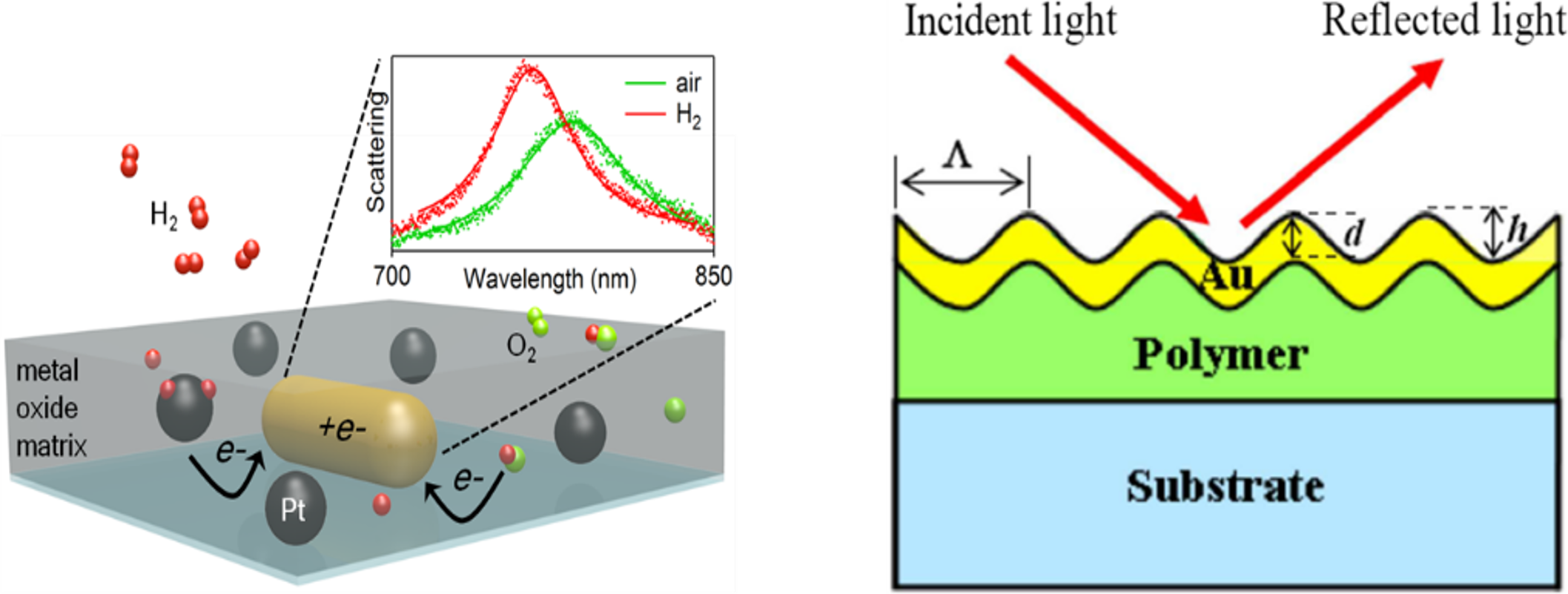 Surface plasmons (SPs) are coherent electron oscillations that exist at the interface between any two materials where the real part of the dielectric function changes sign across the interface (e.g. a metal-dielectric interface, such as a metal sheet and glass). SPR and LSPR are very sensitive to small local changes in charge density, refractive index, and chemical reaction at the interface with the surrounding medium, allowing the engineering of ultrasenstive and selective sensors. The NanoEnG group has the capability to engineer both the sensitive material and the plasmonic nanostructure and to characterize the optical gas sensing properties.
Surface plasmons (SPs) are coherent electron oscillations that exist at the interface between any two materials where the real part of the dielectric function changes sign across the interface (e.g. a metal-dielectric interface, such as a metal sheet and glass). SPR and LSPR are very sensitive to small local changes in charge density, refractive index, and chemical reaction at the interface with the surrounding medium, allowing the engineering of ultrasenstive and selective sensors. The NanoEnG group has the capability to engineer both the sensitive material and the plasmonic nanostructure and to characterize the optical gas sensing properties.
References:
– M. Sturaro et al., ACS APPL. MAT. INTER. (2016)
– S. S. Collins et al., ACS NANO (2015)
– M. Cittadini et al., CARBON (2014)
BIOPOLYMER BASED NANOCOMPOSITES
Collaborators: Prof. Fiorenzo Omenetto (Tufts University), Dr. Giovanni Perotto (IIT-Genova)
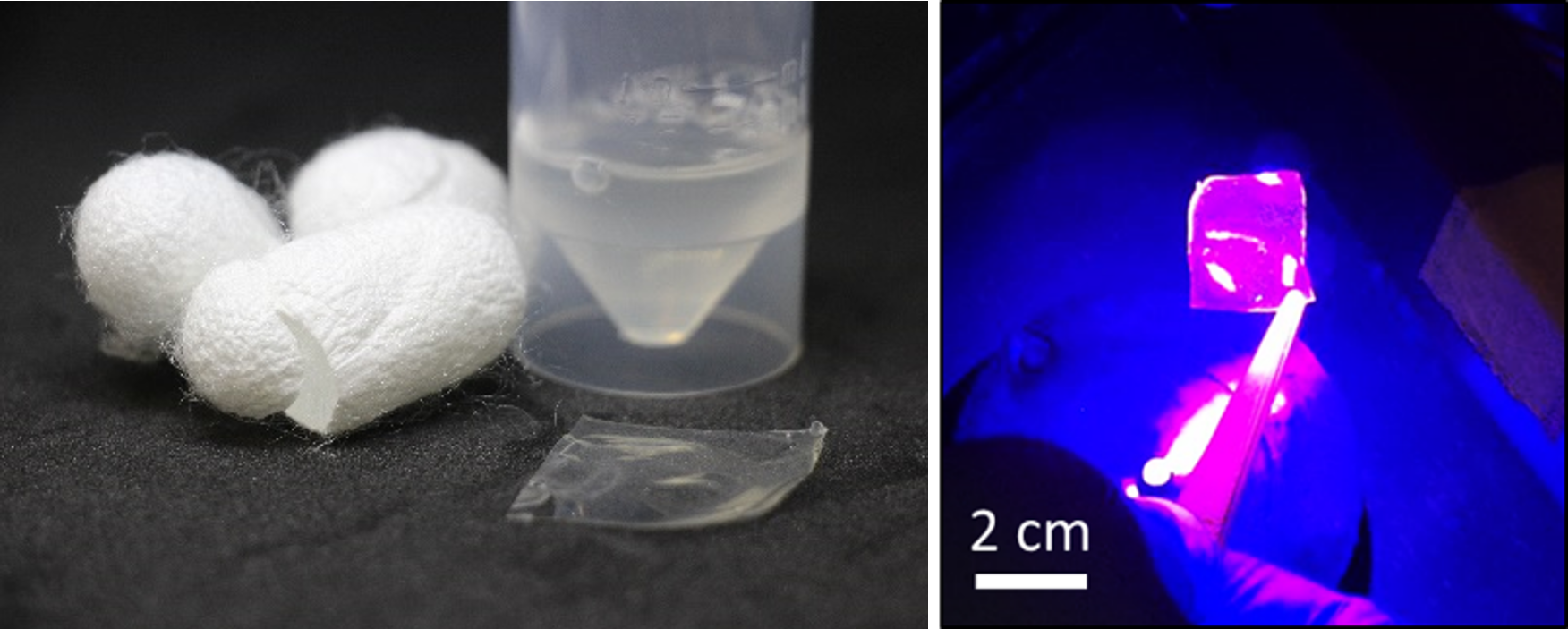 Biopolymer based composites are a new class of materials that involve a naturally occurring polymer (biopolymer) in combination with an inorganic moiety. These hybrids materials combine the advantages of the biopolymeric matrix, such as biocompatibility and biodegradability, with the functional properties provided by the inorganic fillers (often in the form of nanoparticles), and present interesting application in, among others, optical and photoelectrical devices, biomedical engineering, sensing, water purification. For example, we develop composites materials using silk fibroin as matrix, a protein derived from silkworm cocoons.
Biopolymer based composites are a new class of materials that involve a naturally occurring polymer (biopolymer) in combination with an inorganic moiety. These hybrids materials combine the advantages of the biopolymeric matrix, such as biocompatibility and biodegradability, with the functional properties provided by the inorganic fillers (often in the form of nanoparticles), and present interesting application in, among others, optical and photoelectrical devices, biomedical engineering, sensing, water purification. For example, we develop composites materials using silk fibroin as matrix, a protein derived from silkworm cocoons.
References:
– E. Colusso et al, ADV. MAT. INTER. (2018)
– E. Colusso et al., MATER. CHEM. C (2017)
– G. Perotto et al., ADV. MAT. (2015)
INGEGNERIZATION OF SURFACES FOR WATER CONDENSATION
Collaborators: Prof. Davide Del Col (Unipd, DII), Prof.ssa Chiara Neto (University of Sydney)
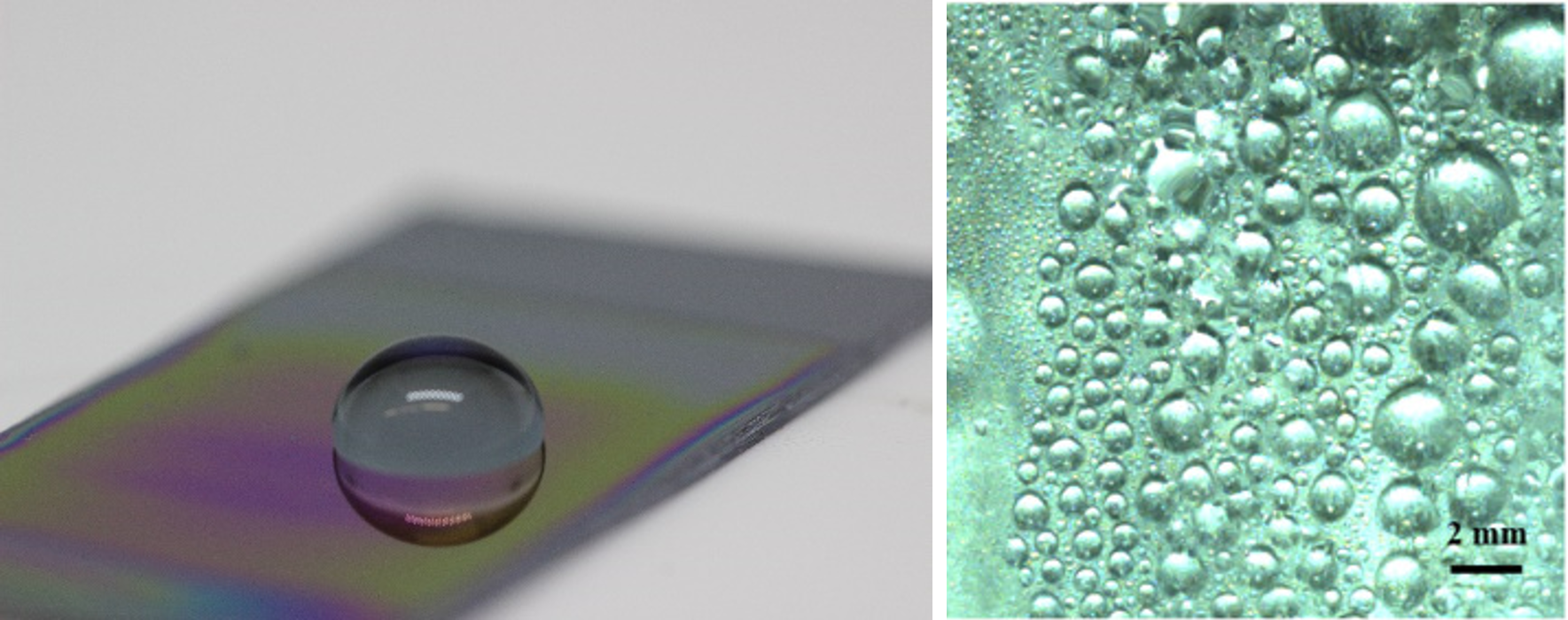 The control of wetting behaviour of solid surfaces is a key aspect in a lot of industrial and every-day life applications, as for example realization of self-cleaning surfaces or the control of water condensation. The fabrication of superhydrophobic, super hydrophilic or patterned surfaces using cheap, scalable and robust material would have a significant technological implication. In our group we worked on the fabrication of inorganic and hybrid coatings on metals with controlled wettability to promote drop-wise condensation for application ranging from heat transfer to dehumidification.
The control of wetting behaviour of solid surfaces is a key aspect in a lot of industrial and every-day life applications, as for example realization of self-cleaning surfaces or the control of water condensation. The fabrication of superhydrophobic, super hydrophilic or patterned surfaces using cheap, scalable and robust material would have a significant technological implication. In our group we worked on the fabrication of inorganic and hybrid coatings on metals with controlled wettability to promote drop-wise condensation for application ranging from heat transfer to dehumidification.
References:
– E. Colusso et al., ADV. MATER. INTER. (2019)
– R. Paring et al., SURF. COAT. TECHNOLOGY (2018)
– D. Del Col et al., INT. JOUR. HEAT MASS TRANSFER (2017)
ADVANCED CERAMICS FOR OPTICS
Collaborators: Prof. Marco Meneghini (Unipd, DEI) and Prof. Nicola Trivellin (Unipd, DII)
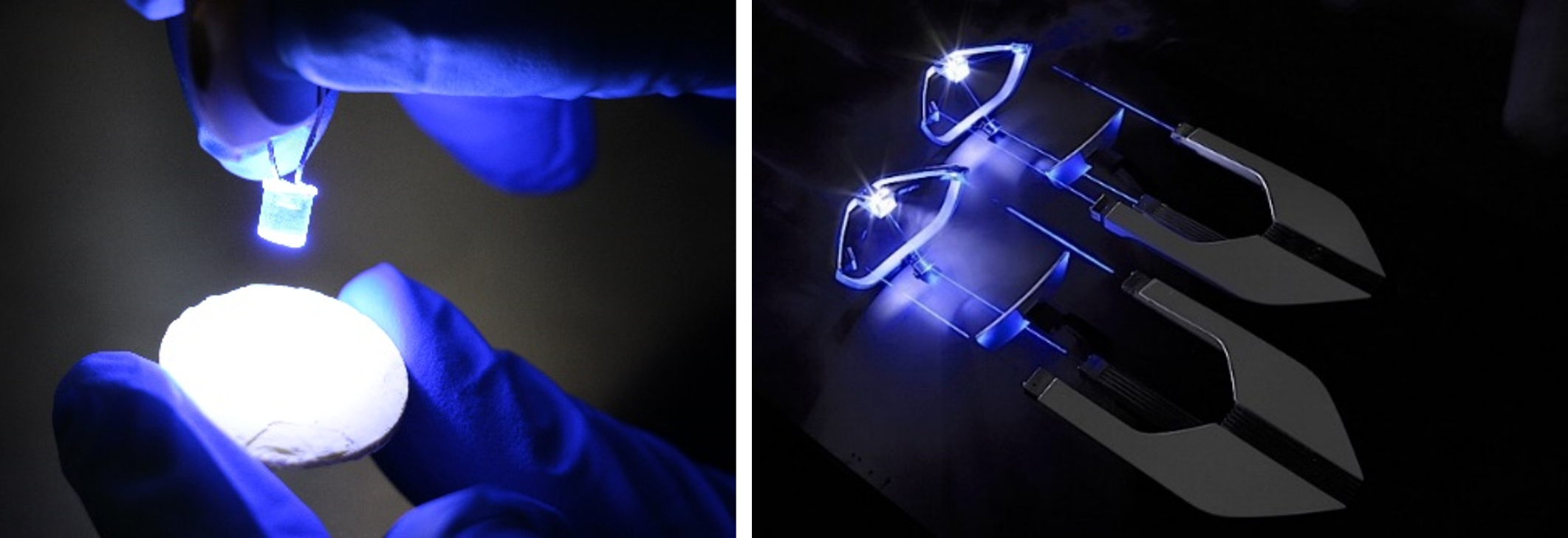
Phosphor converted LEDs are at the base of the rapidly growing industry of solid-state lighting. In our group we are developing new and improved glass and ceramics-based matrices for yellow phosphors to produce white light from a blue GaN laser. The reason that the use of a semiconductor laser is interesting from general lighting is the high light intensity, luminous efficiency and optical management of the light beam.
References:
– A. Longato et al., CERAM. INTER. (2021)
– A. Longato et al., PROC. SPIE (2019)
NANOPOWDER FOR CATALYSIS
Collaborators: Prof. Gaetano Granozzi (Unipd, DISC), Dr. Marco Bersani (Particular Materials)
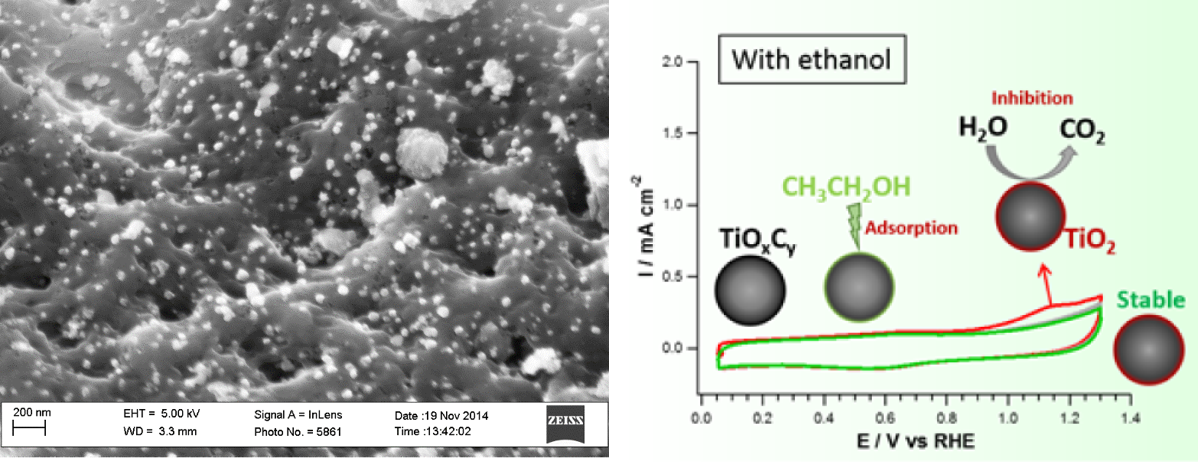 We synthesize nanopowder and nanocomposite ceramics containing metallic nanoparticles by using wet chemistry for application in catalysis. For example, TiOxCy porous powder containing Pt nanoparticles have been obtained impregnating commercial carbon black with titanium isopropoxide and platinum chloride dispersed in alcohol. Such nanocomposites powders are used in direct ethanol fuel cell.
We synthesize nanopowder and nanocomposite ceramics containing metallic nanoparticles by using wet chemistry for application in catalysis. For example, TiOxCy porous powder containing Pt nanoparticles have been obtained impregnating commercial carbon black with titanium isopropoxide and platinum chloride dispersed in alcohol. Such nanocomposites powders are used in direct ethanol fuel cell.
References:
– NS. Nia et al., ELECTR. ACTA (2019)
– M. Bersani et al., CERAM. INTER. (2016)
